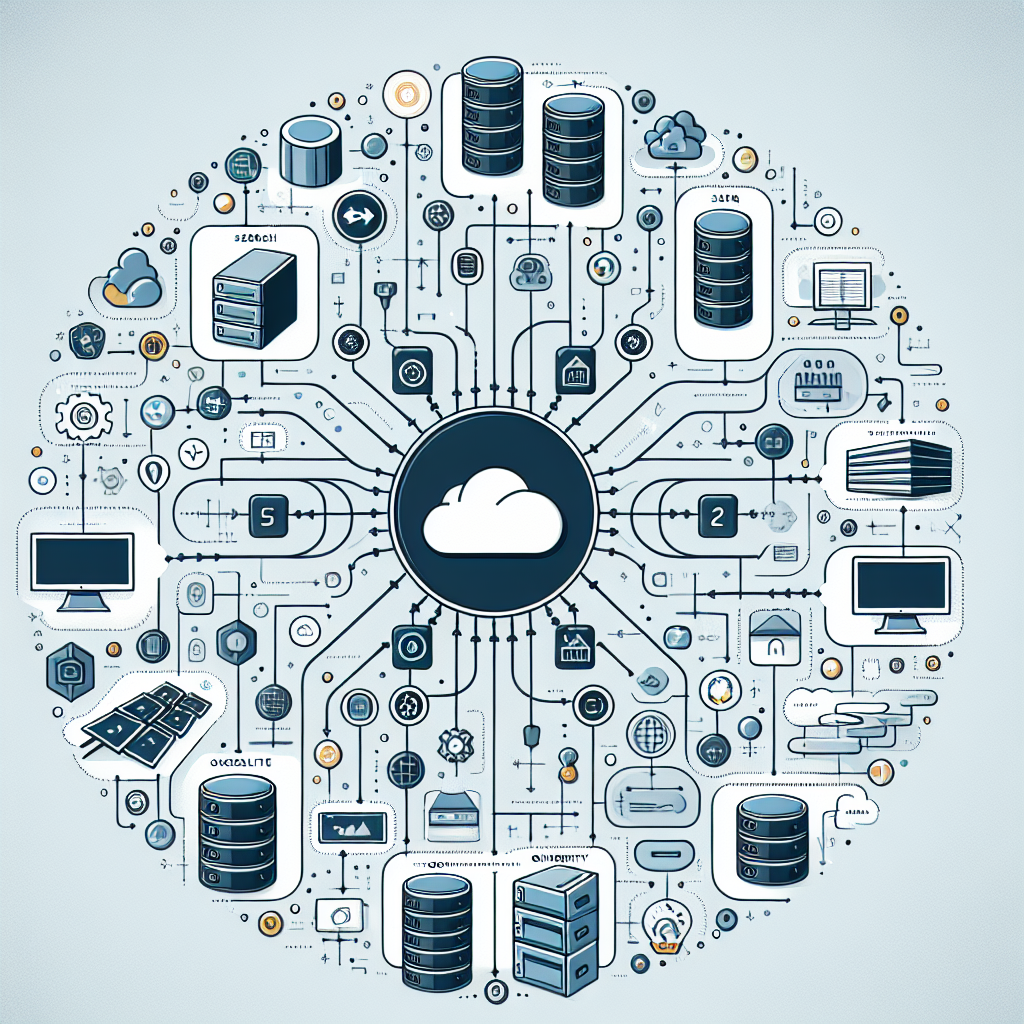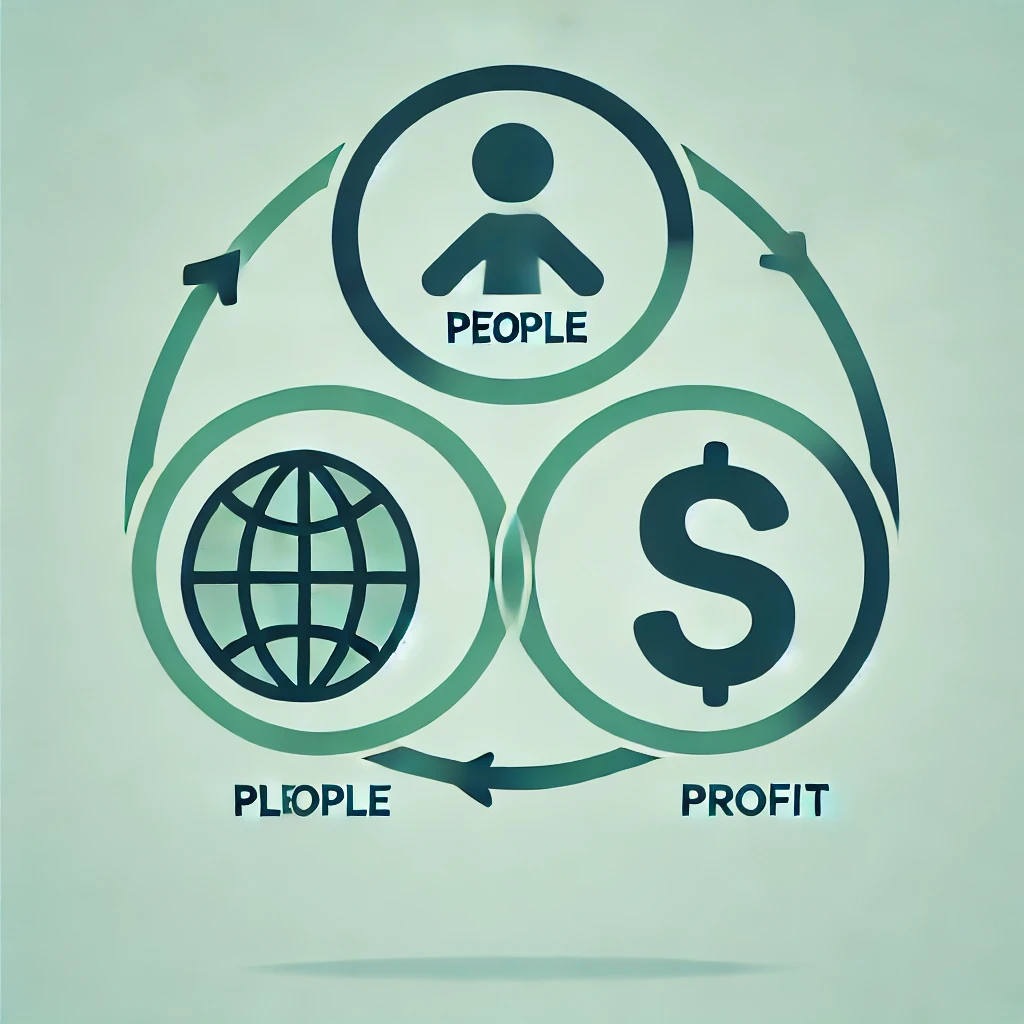Leadership in the Balance - Navigating Execution and Innovation

In today’s fast-paced world, effective leadership involves striking a balance between two types of work: execution and innovation. Understanding these distinct modes of operation is essential for leaders aiming to optimize both performance and creativity within their teams.
Execution: The Grind of Getting Things Done
Execution is the operational side of work. It’s the “doing” phase where efficiency and productivity take center stage. It’s highly structured and time-bound, which is why many workers in execution environments clock in and out and are paid by the hour. Variability is seen as an enemy here, as consistency and predictability drive success.
In the world of execution, a prove-and-perform mindset reigns. There is constant pressure to meet deadlines, deliver results, and avoid errors. While this focus on operational efficiency is crucial to organizational success, the stress associated with execution can have a significant impact on workers, especially if it's prolonged without respite.
Leaders need to recognize that while execution is essential, its emphasis on rigid efficiency can limit creativity and innovation. The challenge is to not let the demands of day-to-day operations overwhelm the broader need for learning and growth.
Innovation: The Space for Thinking and Learning
On the other side of the coin is innovation. This type of work is about cognitive, creative, and strategic tasks. It is less tangible and harder to measure by the hour because it involves problem-solving, decision-making, and reflection. Innovation doesn’t conform to strict timelines; instead, it thrives on variability—an ally in this space.
The mindset required for innovation is one of improve and learn. Creativity, new ideas, and long-term planning emerge when people are given the mental space to explore, question assumptions, and make strategic decisions. However, stress from execution can negatively impact the ability to engage in innovation effectively.
The key to successful leadership is recognizing that both execution and innovation are necessary. Innovation should not be seen as secondary but as complementary to execution, enabling it to be more efficient, relevant, and responsive. Innovation, though, requires a culture of trust, autonomy, and curiosity, where teams feel free to question and reflect.
Leading with Dissent and Curiosity
One of the most important leadership skills in balancing execution and innovation is fostering dissent—encouraging a culture where team members feel comfortable questioning decisions or offering alternative perspectives. Dissent should not be feared as disharmony but embraced as a path to a more accurate picture of reality. When leaders nurture curiosity and respond to dissent not with defensiveness but with genuine inquiry, teams become more resilient and better decision-makers.
In practice, this means leaders must ask thoughtful questions like, “What’s behind what you are saying?” or “Can you tell us more about that?” By inviting exploration rather than shutting it down, leaders open the door to innovation, which ultimately improves both operational and creative work.
Completion and Celebration: The End of Execution
When the execution phase of a project concludes, it is vital to complete it in a way that promotes reflection and improvement. Completion provides a sense of progress and accomplishment, and it’s at this point that teams can transition back into innovation to assess what went well and what could be improved.
Celebration is an important part of this transition, but it must be done with care. Leaders should avoid using celebrations as mere praise for completing tasks. Instead, they should focus on the story behind the achievement, recognizing the behaviors and efforts that led to success. Celebrating the journey and the learnings gained along the way fosters a mindset of continuous improvement.
Linking Innovation to Execution: The Improve Play
The ultimate goal of innovation is to improve execution. Reflection, learning, and strategic thinking should lead to practical outcomes that make future operational tasks more efficient and effective. This cycle of innovative thinking leading into better execution drives continuous progress.
However, innovation should not get stuck in endless contemplation. Leaders need to guide their teams toward actionable insights that can be applied to everyday work. The focus should always be on linking mental activity to improved operational performance.
Leadership for the Future
The world is moving faster, and the need to balance execution and innovation is becoming more critical than ever. Leaders who can navigate this balance—by fostering both efficiency and creativity, promoting curiosity, encouraging dissent, and celebrating meaningful progress—will lead their teams and organizations to success in a rapidly changing landscape.
By understanding that execution and innovation require different mindsets and leadership approaches, leaders can create environments where both can thrive. This balance will not only drive organizational success but also cultivate teams that are more resilient, innovative, and engaged in their work.
 嘿,大家好!歡迎返嚟我哋嘅頻道!如果你係新嚟嘅,記住撳嗰個訂閱掣同通知鐘鐘,咁你就唔會錯過我哋以後分享嘅銷售、商業策略同埋職涯成長嘅見解。
嘿,大家好!歡迎返嚟我哋嘅頻道!如果你係新嚟嘅,記住撳嗰個訂閱掣同通知鐘鐘,咁你就唔會錯過我哋以後分享嘅銷售、商業策略同埋職涯成長嘅見解。 Hello 大家好!歡迎返嚟我哋嘅頻道,我哋會喺度探索實現目標同過最好生活嘅最佳提示同策略!今日,我哋會深入探討一個真係可以改變你未來嘅話題——財務安全。靈感係嚟自 Scott Galloway 嘅智慧書《財富的代數:財務安全嘅簡單公式》,我哋會拆解一個實用嘅框架,幫你邁向經濟穩定同成功。
Hello 大家好!歡迎返嚟我哋嘅頻道,我哋會喺度探索實現目標同過最好生活嘅最佳提示同策略!今日,我哋會深入探討一個真係可以改變你未來嘅話題——財務安全。靈感係嚟自 Scott Galloway 嘅智慧書《財富的代數:財務安全嘅簡單公式》,我哋會拆解一個實用嘅框架,幫你邁向經濟穩定同成功。 歡迎返嚟我哋嘅頻道!今日,想同大家講吓其中一個最強大嘅數據平台——Elastic Stack 8.0 呀。我哋嘅靈感係嚟自 Asjad Athick 寫嘅《Getting Started with Elastic Stack 8.0: Run powerful and scalable data platforms to search, observe, and secure your organization》。
歡迎返嚟我哋嘅頻道!今日,想同大家講吓其中一個最強大嘅數據平台——Elastic Stack 8.0 呀。我哋嘅靈感係嚟自 Asjad Athick 寫嘅《Getting Started with Elastic Stack 8.0: Run powerful and scalable data platforms to search, observe, and secure your organization》。
 大家好!歡迎返嚟我哋頻道。今日,我哋會深入探討一本你可能見過最全面嘅搜索技術指南——Madhusudhan Konda 嘅《Elasticsearch in Action》。呢本書唔單止係另一本技術手冊;佢係你掌握用 Elasticsearch 同 Kibana 開發可擴展同高效搜索應用嘅大門。
大家好!歡迎返嚟我哋頻道。今日,我哋會深入探討一本你可能見過最全面嘅搜索技術指南——Madhusudhan Konda 嘅《Elasticsearch in Action》。呢本書唔單止係另一本技術手冊;佢係你掌握用 Elasticsearch 同 Kibana 開發可擴展同高效搜索應用嘅大門。
 女士們先生們,歡迎返嚟我哋嘅頻道!今日,我有一個嘅話題要同大家分享——點樣建立一個充實又有意義嘅職業生涯。
女士們先生們,歡迎返嚟我哋嘅頻道!今日,我有一個嘅話題要同大家分享——點樣建立一個充實又有意義嘅職業生涯。